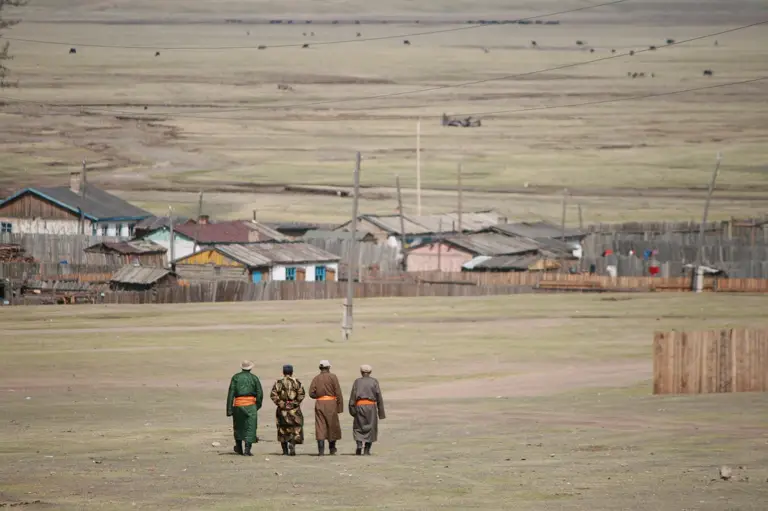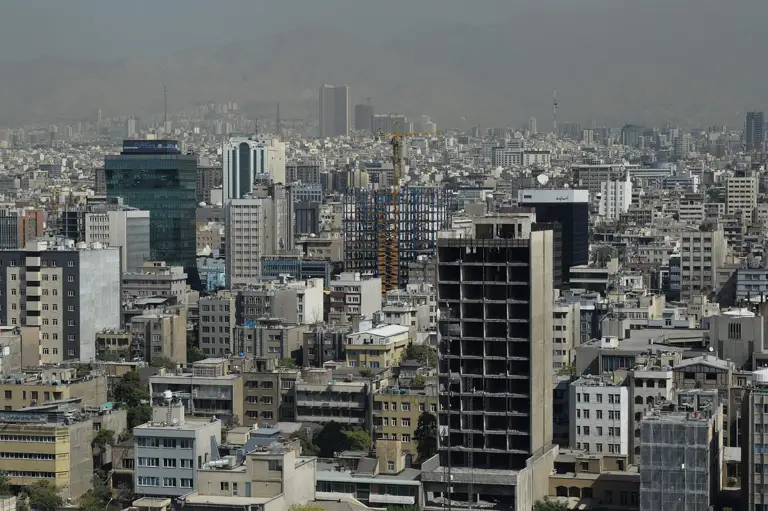
2024's Top 10 Asian Countries with the Highest Unemployment Rates
- ASUMUP
- Economy
- July 31, 2024
Unemployment rates can significantly impact a country's economy and overall well-being. In 2024, several Asian nations are grappling with high unemployment, affecting millions of lives. This post delves into the top 10 Asian countries with the highest unemployment rates in 2024, providing an in-depth look at the challenges they face and the underlying causes. From Armenia's staggering unemployment rate to China's surprising presence in the top 10, we explore the economic and social factors contributing to these figures.
High unemployment can lead to various socio-economic problems, including increased poverty, social unrest, and reduced economic growth. Understanding the unemployment landscape in Asia is crucial for policymakers, businesses, and citizens alike.
Let's take a closer look at these countries, examining the factors driving unemployment and the potential solutions to mitigate this pressing issue.
Top 10 Asian Countries with Highest Unemployment Rates in 2024
- 1st Armenia - 13%
- 2nd Kyrgyzstan - 9.01%
- 3rd Iran - 8.9%
- 4th Pakistan - 8%
- 5th Uzbekistan - 7.85%
- 6th Cyprus - 5.86%
- 7th Azerbaijan - 5.52%
- 8th Mongolia - 5.43%
- 9th Indonesia - 5.2%
- 10th China - 5.1%
10th China - 5.1%
China's unemployment rate stands at 5.1%, placing it tenth in Asia. Despite being the world's second-largest economy, China faces significant employment challenges. The transition from a manufacturing-based economy to a service-oriented one has led to job displacements.
Additionally, regional disparities and the impact of the COVID-19 pandemic have exacerbated unemployment. The government is implementing policies to boost domestic consumption and support small and medium-sized enterprises to create jobs.
9th Indonesia - 5.2%
Indonesia's unemployment rate is 5.2%, ranking it ninth in Asia. The country's large population and rapid urbanization have put pressure on the job market. While the economy has been growing, the pace of job creation has not kept up with the increasing labor force.
Structural issues, such as skills mismatches and regulatory challenges, also contribute to the unemployment problem. The government is focusing on improving infrastructure and education to enhance job opportunities and economic growth.
8th Mongolia - 5.43%
Mongolia has an unemployment rate of 5.43%, placing it eighth in Asia. The country's economy is largely dependent on mining and agriculture, which are vulnerable to external market conditions. This dependency has led to economic volatility and job instability.
Efforts to diversify the economy and develop other sectors, such as manufacturing and services, are ongoing. The government is also focusing on improving education and vocational training to better align with market needs.
7th Azerbaijan - 5.52%
Azerbaijan's unemployment rate stands at 5.52%. The country's economy heavily relies on oil and gas exports, making it susceptible to global market fluctuations. The lack of diversification has resulted in limited job opportunities outside the energy sector.
Government initiatives to diversify the economy and develop non-oil sectors are in place, but the progress has been slow. Improving the business environment and investing in education are key focus areas to reduce unemployment.
6th Cyprus - 5.86%
Cyprus has an unemployment rate of 5.86%, placing it sixth in Asia. The island nation's economy has been recovering from the 2013 financial crisis, but job growth has been slow. Tourism and services dominate the economy, and any fluctuations in these sectors significantly impact employment.
Efforts to diversify the economy and improve the business climate are ongoing, with a focus on attracting foreign investment and boosting the technology sector.
5th Uzbekistan - 7.85%
Uzbekistan ranks fifth with an unemployment rate of 7.85%. The country's transition to a market economy has been slow, leading to structural unemployment. Additionally, the reliance on agriculture and low industrialization levels have limited job opportunities.
Economic reforms aimed at diversification and modernization are in progress, but the results have been gradual. The government is focusing on improving the business environment to attract foreign investment and create jobs.
4th Pakistan - 8%
Pakistan's unemployment rate of 8% places it fourth in Asia. The country faces significant economic challenges, including political instability, inadequate infrastructure, and energy shortages. These factors have hindered industrial growth and job creation.
The education system's misalignment with market needs has also contributed to high youth unemployment. The government is working on economic reforms, including improving infrastructure and energy supply, to stimulate job growth.
3rd Iran - 8.9%
Iran's unemployment rate stands at 8.9%, placing it third in Asia. Economic sanctions and internal mismanagement have severely impacted the country's economy, leading to high unemployment. The oil-dependent economy has struggled to diversify, creating a challenging job market.
Moreover, a young and growing population has increased the demand for jobs, which the current economic conditions cannot meet. The government is focusing on economic reforms and boosting non-oil sectors to create employment opportunities.
2nd Kyrgyzstan - 9.01%
Kyrgyzstan holds the second spot with an unemployment rate of 9.01%. The country's economy heavily relies on agriculture and remittances, making it vulnerable to external shocks. Limited industrialization and a lack of diversification have led to insufficient job creation.
Additionally, political instability and corruption have hindered economic reforms, further aggravating the unemployment problem. Efforts to boost the economy through infrastructure development and education reform are underway but face significant obstacles.
1st Armenia - 13%
Armenia tops the list with an alarming unemployment rate of 13% in 2024. This high rate is primarily attributed to economic instability and a lack of job opportunities in key sectors. The country's transition from a planned economy to a market economy has been fraught with challenges, leading to structural unemployment.
Moreover, Armenia's geopolitical tensions and limited access to international markets have stifled economic growth, exacerbating the unemployment issue. The government is striving to implement job creation programs and attract foreign investment, but the impact remains to be seen.
Other Posts in the Economy
Categories
- National Rankings(43)
- Science & Technology(1)
- Sports(24)
- Economy(30)
- Society(12)
- Culture(7)
Recent Posts
![Bayern Spent HOW MUCH on Harry Kane?! Ranking Their Top 10 Biggest Signings Ever]() A deep dive into Bayern Munich's ten most expensive transfers, exploring how the club's spending strategy has evolved to chase European glory.
A deep dive into Bayern Munich's ten most expensive transfers, exploring how the club's spending strategy has evolved to chase European glory.![Arsenal's Record-Shattering Spree: From a €116M Gamble to a Flop, Who Was Worth the Cash?]() A deep dive into Arsenal's top 10 most expensive signings, analyzing the successes, the failures, and the massive fees that have defined the club's modern transfer strategy.
A deep dive into Arsenal's top 10 most expensive signings, analyzing the successes, the failures, and the massive fees that have defined the club's modern transfer strategy.![Chelsea Cashes In BIG TIME! Who Really Won the 25/26 Summer Transfer Window Money Game?]() A deep dive into the top 10 clubs that made the most money from player sales during the wild 25/26 summer transfer window.
A deep dive into the top 10 clubs that made the most money from player sales during the wild 25/26 summer transfer window.![Liverpool's Record-Breaking €483M Spree! Did They Just Buy the Premier League Title?]() A deep dive into the 25/26 summer transfer window reveals Liverpool's record-breaking spending spree as Premier League clubs continue to dominate the market.
A deep dive into the 25/26 summer transfer window reveals Liverpool's record-breaking spending spree as Premier League clubs continue to dominate the market.![You Won't Believe How Much a Loaf of Bread Costs in These Countries! (Spoiler: It's INSANE)]() This post explores the top 10 countries with the most expensive bread, revealing how factors like import reliance and tourism dramatically inflate the cost of this basic staple.
This post explores the top 10 countries with the most expensive bread, revealing how factors like import reliance and tourism dramatically inflate the cost of this basic staple.
















